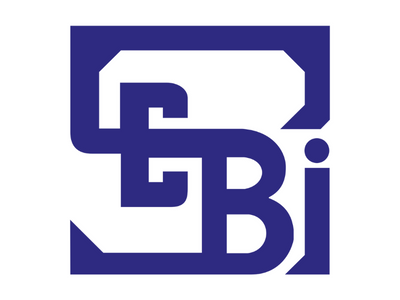Listen to this article
SEBI data shows that 39% actively managed regular plan schemes have either outperformed their respective benchmarks or performed at par with their benchmark in 10-year period ending on February 2023. Such a number is 66% in actively managed direct plan schemes.
Further, SEBI data shows that 23% of the actively managed regular schemes have underperformed their respective benchmark by a margin of at least 1.25% in 10 years compared to 10% actively managed direct schemes as on Feb 2023.
Let us look at this table to know more:
|
Scheme performancewith respect to benchmak |
Number of active schemes |
|||||||
|
1-year return |
3-year return |
5-year return |
10-year return |
|||||
|
Direct |
Regular |
Direct |
Regular |
Direct |
Regular |
Direct |
Regular |
|
|
More than 1.25% of underperformance |
17 |
26 |
27 |
38 |
26 |
40 |
10 |
23 |
|
Up to 1.25% of underperformance |
26 |
32 |
26 |
30 |
29 |
33 |
24 |
38 |
|
% of schemes meeting benchmark or outperforming |
57 |
42 |
48 |
33 |
45 |
27 |
66 |
39 |
- It will be run on pilot basis under regulatory sandbox i.e. specific schemes will be launched to test the waters
- Fund houses will be allowed to charge base TER irrespective of performance. Base TER can be TER of passive schemes i.e. up to 1%
- Performance fee can be charged if their scheme deliver performance more than indicative return or benchmark return or it can be charged on a pre-decided hurdle rate
- Such a fee will be applicable at the time of redemption
- Another approach could be including performance fee within TER based on performance of scheme in the previous year
- Performance linked fee will be optional for fund house






